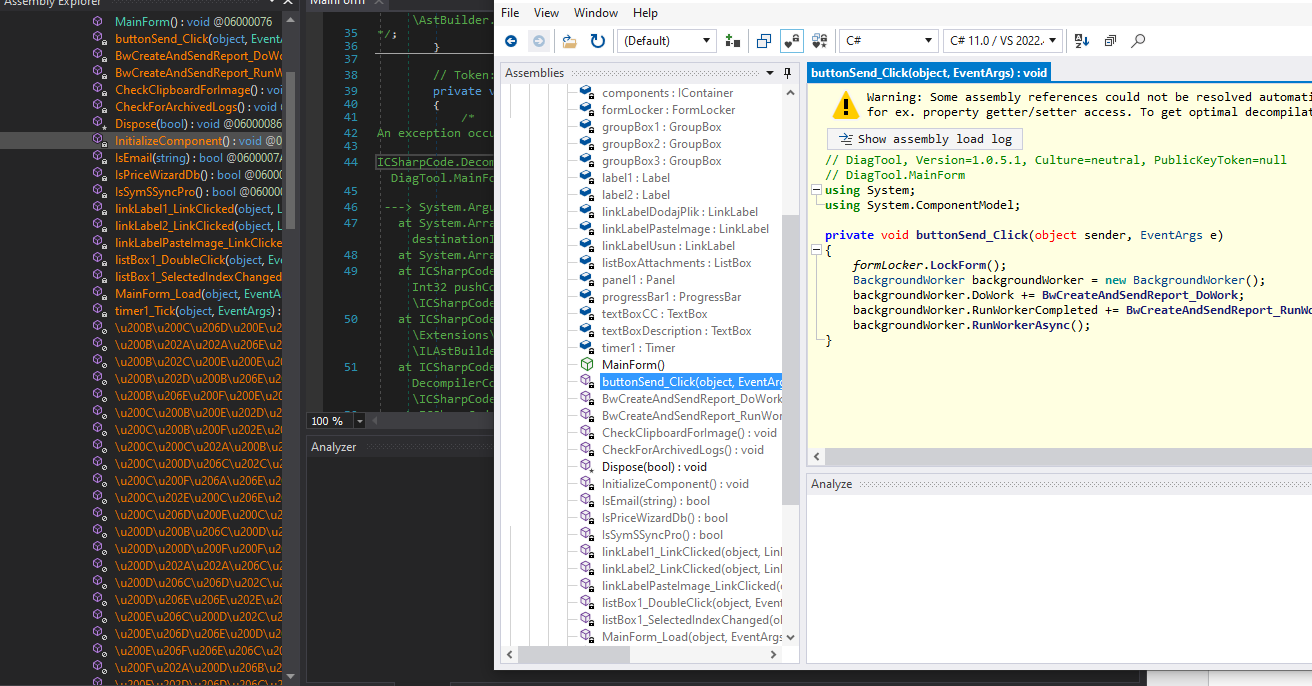.NET executables often employ a variety of protection techniques designed to make reverse engineering difficult. The most common methods include:
-
Name Obfuscation: Renaming functions, variables, and classes to meaningless or misleading names.
-
Control Flow Obfuscation: Scrambling the logical flow of the code to make it harder to understand.
More advanced protection schemes can take things further by:
-
Encrypting and Compressing Code: Parts of the executable are encrypted or compressed to hide their true structure.
-
Virtualization: Translating sections of code into custom virtual machine instructions that are extremely difficult to analyze.
While numerous free tools and scripts exist to assist with unpacking and deobfuscating .NET binaries, highly protected files often require manual intervention. When automated solutions fall short, manual unpacking and analysis become necessary — a process that demands patience, precision, and experience.
